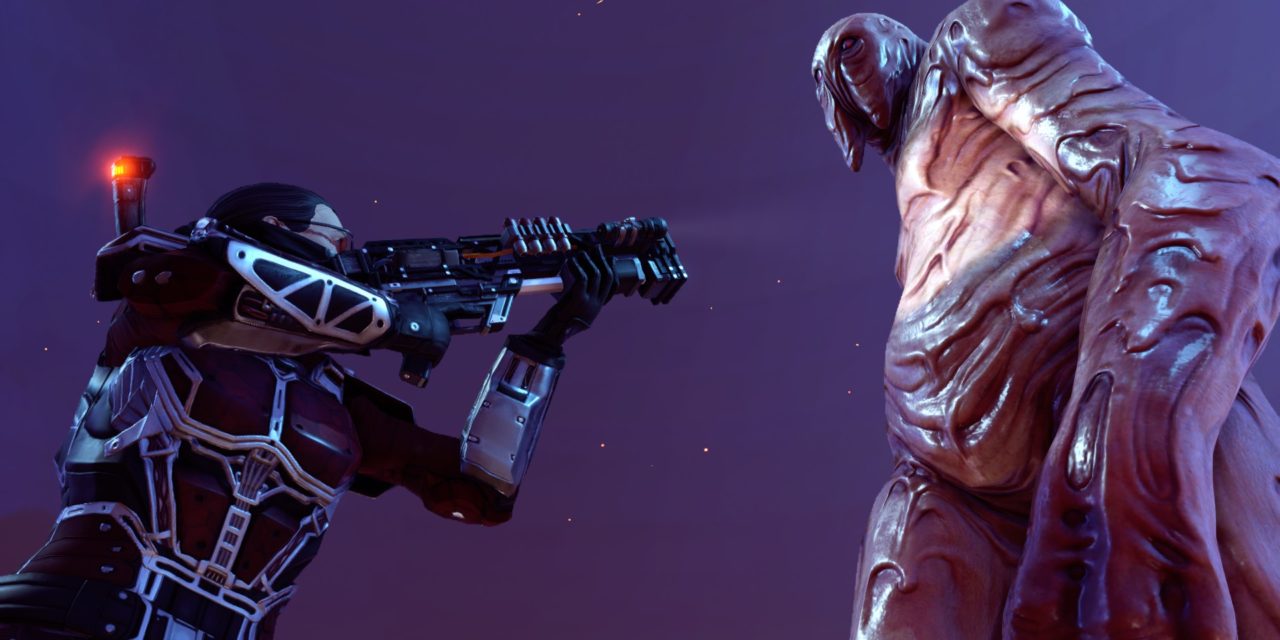In this day and age, when someone hears about a video game concerning alien invasions and the efforts of one man and his team of operatives to bring down the threat, their thoughts immediately turn to futuristic shooters like Mass Effect and Halo. In this respect, XCOM 2 defies expectations by not being your typical self-inserting, gun-blazing dash into battle.
Most installments of the X-COM series (beginning with UFO: Enemy Unknown) places the player as the commander of secret international organization XCOM tasked with combating all alien threats. As the commander, the player acts as a strategist in an alien game of chess, navigating his soldiers against the opposing contingent of extraterrestrials. The X-COM games also smartly give players tasks outside of battle, allowing them to choose where to pool the organization’s limited resources — be it into new facilities, technology upgrades or research into alien operations.
However, XCOM 2 sets itself apart from its predecessors by reversing the regular roles that are now expected of the series. Set 20 years after Firaxis Games’ 2012 reboot XCOM: Enemy Unknown, the game reveals that the aliens succeeded in taking over Earth and installing a propagandistic organization called ADVENT, a coalition between humans and aliens that claims that the aliens came in peace and that it was the human side that was too quick to lash out. During the tutorial level and opening cutscene, XCOM had long since fallen, and resistance remained scattered and unorganized. When the tutorial draws to a close, it is revealed that your tutorial crew had been tasked with recovering the commander, who was lost 20 years ago. Now, the player’s old aide, Bradford, returns to pass the reins of the XCOM resistance and fate of the human race into the player’s hands. But this time, rather than acting as the bureaucratic defense force of Earth, XCOM 2 gives the commander an aggressive resistance force that is tasked with taking ground rather than holding it.
For many, XCOM: Enemy Unknown’s campaign became all the more personal because of the customizable soldiers. Many players created characters based on their personal friends, enemies and favorite fictional characters and celebrities. XCOM 2 goes even further by allowing players far more soldier customization options. New facial structures, body types and personalities are available to breathe even more life into your characters, and unlike the closed-off, non-modifiable first game, XCOM 2 allows you to import characters created by other people and even to mod the game itself. The game also naturally leads players to become even more invested in their character’s fate, as characters remain unusable for what feels like ages after they’re injured or go missing in action later in the game. The customizable characters are just one example of the much sharper graphics throughout these sequels, and they fit snugly in with the new varied battlegrounds in the streets of sleek futuristic cities and lush green forests in contrast with the familiar, slightly boxy present-day cities depicted in Enemy Unknown.
These and several other new mechanics accompany XCOM 2’s gameplay and stop the game from feeling like a clone of the original. In taking the role that the insurgent aliens once held, you get the same advantages previously possessed. In XCOM: Enemy Unknown, the player had to cautiously advance his crew until they happened upon the aliens hidden on the boundaries of the procedurally generated map, who then immediately scattered into defensive situations as the player’s troops remained frozen in time. This time around, while the player’s soldiers do not automatically seek defensible ground when they’re discovered, the new concealment feature grants players the element of surprise and allows for preparation and anticipation of the enemy’s movements and for the creation of clever, ambush strategies. The missions themselves also become exceedingly time-centered as you have both a limited number of turns to collect the remnants of weapons from your killed enemies before they self-destruct and often even a limited number of attempts to complete missions themselves. The time sensitivity seems to reflect the need to act quickly in battle and adds a new layer of difficulty in the need to speed-up thought processes and strategy-making.
Unfortunately, these new features and speedy missions also almost seem like compensation for the amount of computing power necessary to best experience the game. Just as it improves upon the formulaic plot and gameplay of the original and keeps it from being boring, XCOM 2 definitely does not feel like it’s accessible to the casual gamer. The original game required a lot of computing power and, at launch, drew criticism for long loading times and lag. While these issues were mostly patched and rectified, it definitely takes a toll on regular laptops like the 2015 MacBook Pro that this reviewer played the game on, and still created longer wait times than it would have on a more powerful computer.
Ultimately, XCOM 2 is an exhilarating slog of a campaign from start to finish that is not for the faint of heart.
Grade: B+





